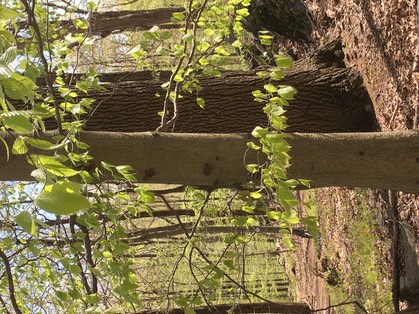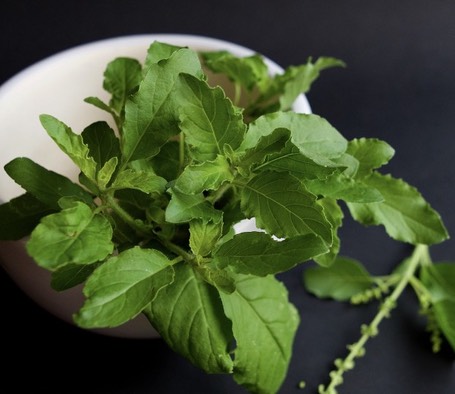As usual, crossposted from my livejournal! I’ve been away from this site for a long time because I lost Sandvox—the app I use to develop it—after getting a new computer. Also, life just got in the way. Anyway, here goes!
Or there maybe ‘tis cloudless night/and swaying beeches bear/the Elven-stars as jewels bright/amid their branching hair” (Sam’’s song, from The Return of the King, page 194 Hardcover Folio edition)
- A What sort of trees are Mallorns?
It was my sister who spotted this, while we were on a hike. We were going through a stand of beech trees, and, in our neck of the woods, anyway, these trees hang onto their leaves throughout the winter, until the new growth comes in the spring. The old leaves are yellow—almost gold—and the bark is smooth and grey—almost silver.

(here's a picture of a beech tree with new leaves that I took on another hike later in the spring. )
Here, Tolkien describes a mallorn tree. It has a grey trunk and yellow leaves. “The branches of the mallorn tree grew nearly straight out from the trunk, and then swept upward;…” (page 389, The Fellowship of the Ring, hardcover Folio edition.) Mallorn trees retain their golden leaves even in the winter—it is late January or early February when the company arrives at Lothlorien. (They leave Rivendell on December 25th.)
Later, we find the fruit of the mallorn is a little silver nut. Beech trees, of course, have nuts, though they aren’t silver.
As Sam’s song proves, Mallorn trees aren’t actually beeches. But it certainly seems that Tolkien, who knew and loved trees, might have been inspired to create the Mallorn by observing beech trees
B. What is Kingsfoil?
About this, I’m sure I’m right! Kingsfoil means, literally, the king’s leaf. It is an aromatic herb with narrow leaves, which grows so readily in certain locations that people think it a weed. It is said to have healing properties, especially in the hands of the king, and it is fragrant, smelling sweet and wholesome when crushed. When I was a little girl, I dreamed of finding kingsfoil growing in the woods. Wouldn’t that be wonderful?
Well, it’s pretty easy to find, but the woods aren’t a likely location since it needs sun as well as moisture. There is a common herb whose name, translated, means the king’s herb. It’s basil., from the Greek “Basileus”. Tolkien, educated in English schools in the late 19th and early 20th centuries, would have studied both Greek and Latin. He surely knew that basil was the royal herb.
But we’re not quite there yet. If Kingsfoil is basil, what sort of basil is it, exactly?

Here’s a description from a box of tea:. “..revered as a sacred plant infused with healing powers.” The tea contains Tulsi, or Indian holy basil.
It seems that, in traditional medicine, holy basil is supposed to combat stress and boost the immune system, among other things. As Spock would say, fascinating! What’s more, no one in The Lord of the Rings eats kingsfoil. It’s not used for cooking, but for healing teas, washes, and steam. Similarly, though Tulsi is used as a seasoning just like regular basil, it’s most frequently drunk in teas.
So kingsfoil is basil. No doubt at all. It’s most likely Tulsi, rather than our common basil, but I might be wrong about that. What do you think? Could Tolkien have known about the Indian healing herb?
